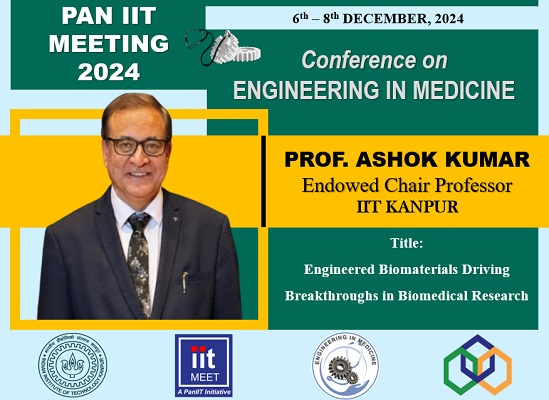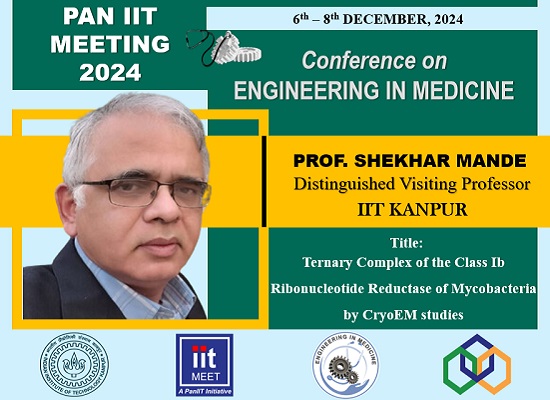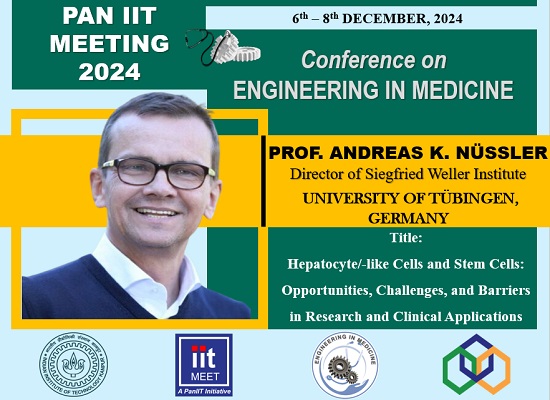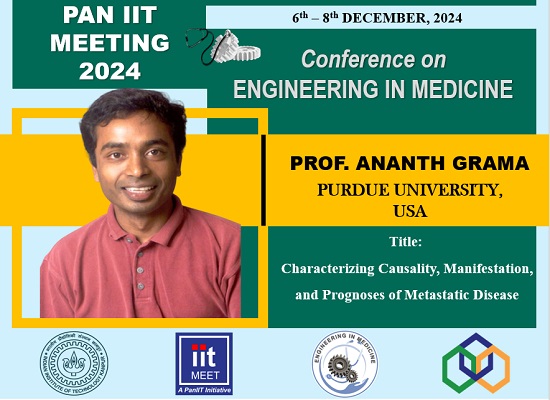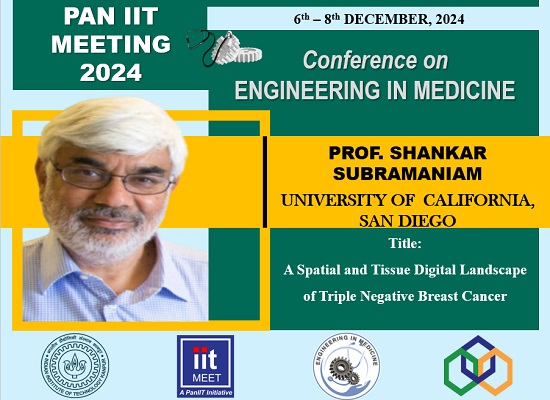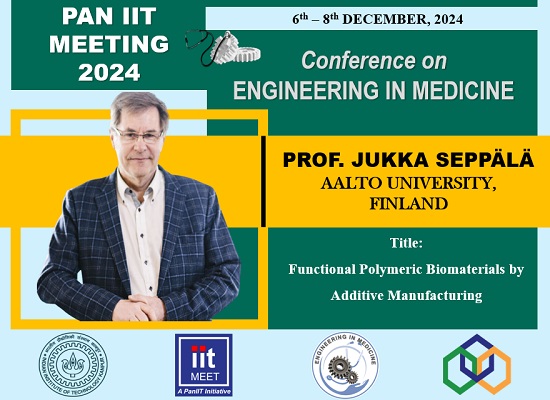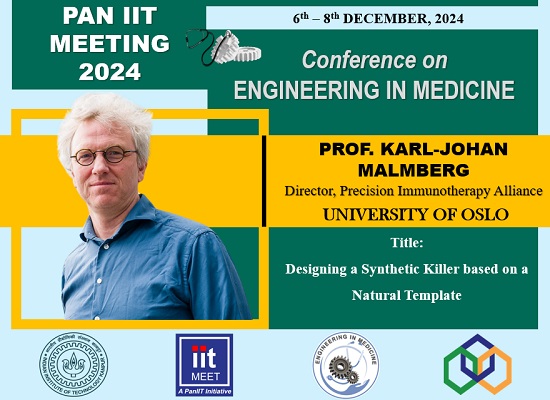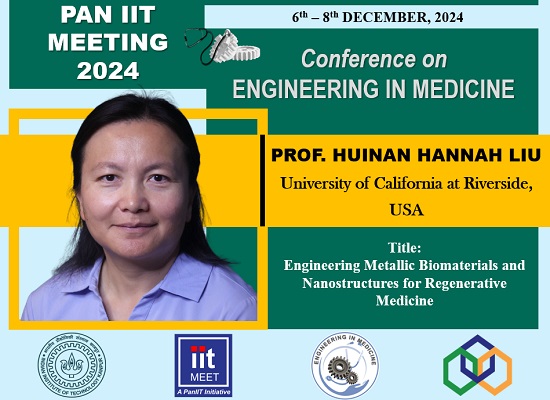Conversation with Dr. Debdeep Dutta
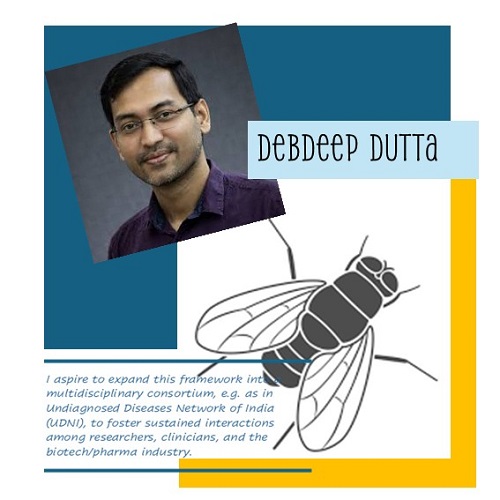
In conversation with....
Dr. Debdeep Dutta
Assistant Professor Department of Biological Sciences and Bioengineering and the Mehta Family Centre for Engineering in Medicine.
Research Interest: Genetics, Cell signaling, Mitochondria, Rare diseases, Neurological disorders
MFCEM: Hello Dr Dutta, welcome to IIT Kanpur, it is great to have you here. A major focus of your research program is to understand rare/undiagnosed genetic diseases using 'humanized' fruit flies as a model system —what drew you to take up this rather challenging area of research?
Dr. Debdeep Dutta: Thank you. My interest in genetic diseases began during my master’s program, where I majored in molecular and human genetics. During that time and later in my PhD, I learned how to use fruit flies (Drosophila melanogaster), the "queen of genetics", to uncover the intricacies of cellular and developmental biology. Subsequently, during my postdoctoral tenure at Baylor College of Medicine, I had the opportunity to integrate my training in both fly and human genetics to address one of the most pressing challenges in modern medicine: undiagnosed genetic diseases.
Globally, over 350 million people are affected by genetic disorders, with at least 70 million in India alone. Around 60% of these individuals remain undiagnosed for years, sometimes for their entire lives. While working with multiple patient families affected by these conditions, I witnessed their prolonged emotional, psychological, and financial sufferings that come from living in diagnostic uncertainty. A major challenge in diagnosing these cases is to confirm whether a suspected gene variant is truly disease-causing.
This is where ‘humanized’ fruit flies offer a quick and cost-effective solution. By engineering flies to carry patient-derived gene variants, we can test their functional impact, providing a timely diagnosis.
….Globally, over 350 million people are affected by genetic disorders, with at least 70 million in India alone. Around 60% of these individuals remain undiagnosed for years……..
From a scientific standpoint, this field is a goldmine for geneticists and biomedical researchers, as most of the rare/undiagnosed disease-causing genes are poorly characterized. Increasing evidence suggests that many of them are potentially linked to other common diseases. It is this combination of scientific curiosity and the potential to make a real difference in people’s lives that drew me to this challenging but rewarding area of research.
MFCEM: How do you hope to create a mark in the global and national research fraternity dedicated to tackling rare genetic disorders?
Dr. Debdeep Dutta: Collaboration is the key to solving the complex medical mysteries posed by rare genetic disorders. These complex conditions require the collective expertise of clinicians, medical geneticists, bioinformaticians, and model organism researchers. I look forward to building strong, interdisciplinary collaborations both nationally and globally to tackle these challenges together. Matchmaking platforms like ‘GeneMatcher’ and ‘ModelMatcher’ play a crucial role in connecting clinicians and researchers with complementary expertise and shared interests. I engage with these networks. In India, I have been in contact with clinicians who are experts in the field of rare genetic diseases and are working on unresolved cases. Hopefully, through collaboration and research innovation, I could make a meaningful contribution in the global and national rare disease research community.
MFCEM: The need to forge meaningful interdisciplinary collaborations—particularly in Biomedical sciences—among basic biologists, data scientists, clinicians, and the biotech/pharma industry has resulted in a tectonic shift in our approach to finding solutions to medical problems. How do you foresee building a diverse research team, could you share some of your long- and short-term research goals?
Dr. Debdeep Dutta: Advancing translational research, especially in the context of genetic diseases, requires the integration of expertise from diverse fields such as basic biology, clinical medicine, engineering, data science, and the biotech/pharma industry. I envision building a research team that brings together experts with complementary skills and shared commitment to solving medical challenges. Also, I am driven to mentor young researchers across disciplines and foster an inclusive research environment.
I aspire to expand this framework into a multidisciplinary consortium, e.g. as in Undiagnosed Diseases Network of India (UDNI), to foster sustained interactions among researchers, clinicians, and the biotech/pharma industry.
In the short term, my goal is to establish a strong collaborative network with Indian clinicians and medical geneticists to access patient data and biological samples. At the same time, I aim to team up with data scientists and bioinformaticians to analyse genomic datasets and prioritize candidate variants.
In the lab, we plan to use fruit flies and cellular models to functionally validate patient-derived gene variants and investigate the molecular mechanisms of disease pathogenesis. By integrating computational predictions with experimental validation, we hope to shift how genetic diseases are approached, bridging the gap between discovery and clinical application.
In the long term, I aspire to expand this framework into a multidisciplinary consortium, e.g. as in Undiagnosed Diseases Network of India (UDNI), to foster sustained interactions among researchers, clinicians, and the biotech/pharma industry. One of our major goals is to explore drug repurposing strategies for managing these genetic conditions. Drug repurposing offers a relatively fast and impactful solution, especially in resource-limited countries like India. Using ‘humanized’ fruit flies and patient-derived cells, we aim to perform high-throughput drug screening to identify potential and personalized therapeutic candidates. Additionally, we will investigate the broader implications of rare disease-causing genes in more common diseases.
MFCEM: How does being part of IIT Kanpur at large, and the Mehta family school of Engineering in Medicine in particular help accelerating your research and broaden the translation possibilities of your research outcomes?
Dr. Debdeep Dutta: I am truly excited to be part of IIT Kanpur (IITK), an institution renowned for its academic excellence, interdisciplinary research, and state-of-the-art infrastructure. The collaborative culture across departments in IITK offers a unique opportunity to engage with experts from both basic science and engineering disciplines. Notably, the Gangwal School of Medical Sciences and Technology (GSMST) at IITK, is expected to accelerate my research in disease biology by promoting integration between clinical and biomedical sciences.
My association with the Department of Biological Sciences and Bioengineering (BSBE) and the Mehta Family Center for Engineering in Medicine (MFCEM) enables me to bridge the gap between fundamental research and real-world applications. The Center’s focus on integrating engineering and medicine, e.g. in the areas like molecular medicine, aligns well with my research interest. Access to cutting-edge core facilities, advanced research technologies, and a vibrant research community here provides a fertile ground for the growth of my research program. Altogether, the research ecosystem potentially enhances the translational impact of my research and enables me to contribute more effectively to national and global efforts in addressing genetic diseases.
MFCEM: Thank you Dr. Debdeep for sharing your thoughts with us, and wishing you success in your research.
Conversation with Shantanu Sen
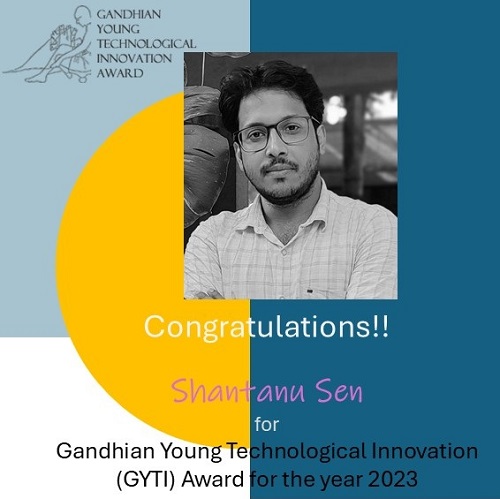
In conversation with....
Shantanu Sen
PhD student of Prof. Sandeep Verma, on his recent study: “Synthesis of a highly thermostable insulin by phenylalanine conjugation at B29 Lysine”. Communications Chemistry. 2024 Jul 23;7(1):161.
MFCEM: Hi Shantanu! At the onset let me congratulate you and your mentor Prof. Sandeep Verma, on this immensely relevant study, and for the many recognitions for this spectacular innovation.
The figures are alarming- according to the IDF, currently, 537 million adults are living with diabetes, and every 3 in 4 adults with diabetes live in low- and middle-income countries. Worse is the fact that these numbers are predicted to rise further. With this in mind, could you please highlight for our readers the relevance of your study, after which we would talk about the science that went into it.
Shantanu Sen: Thank you for recognizing our contribution and providing us with this wonderful platform to talk about it. The relevance of our study lies in addressing a critical gap in the storage and transportation of commercial insulin, a life-saving medication for diabetic patients. Current insulin formulations require continuous refrigeration, which is challenging in low- and middle-income countries with unreliable power supply and limited cold-chain infrastructure. This dependency not only affects underprivileged communities but also poses challenges for privileged users. Our work on thermostable insulin, enhanced by protein conjugation technique, aims to eliminate these constraints, ensuring insulin remains effective for longer duration even under non-refrigerated conditions and thus providing independence for their carefree usage. This innovation has the potential to revolutionize insulin storage and distribution globally, making it more accessible and reducing wastage.
MFCEM: The thermostable phenylalanine-conjugated insulin, termed FHI in your study was one of the many modifications that you tried; could take us through the thought process behind the choice of the modifications; what were the experimental challenges you faced? How did you overcome them?
Shantanu Sen: The choice of modifications was driven by the need to improve insulin's thermostability while preserving its biological efficacy. The chemical synthesis of this novel human insulin derivative involved conjugating a phenylalanine amino acid to the side chain amine of the B29th lysine residue of human insulin. This strategic incorporation of an additional aromatic amino acid at a specific position enhances the thermostability of the modified insulin by maintaining its structural integrity over extended periods, even under extreme unfavourable conditions.
Experimentally, synthesizing the modified insulin required precise chemical conjugation and concerns about compromising its biological efficacy. To address these, we optimized extensive reaction conditions and employed advanced techniques to predict and confirm the enhanced stability and preserved bioactivity of the modified insulin. These efforts were made possible through close collaboration among synthetic chemists, biologists, and computational experts, ensuring that the modified insulin remained effective under rigorous testing conditions.
MFCEM: Since the initial breakthrough by Authur Riggs that led to the creation of the first artificially synthesized insulin in the late 1970s, dedicated efforts continue to improve the overall efficacy of synthetic insulin as a therapeutic, such as, its sensitivity, selectivity, duration of action among others. What was the motivation to work on the stability of the protein? Where you mindful of not compromising the other properties of the insulin peptide? How did you strike a balance?
Shantanu Sen: The motivation arose from the critical need to address insulin's thermal instability, which is a major obstacle to its global accessibility. While improving insulin stability, we ensured that the modification did not interfere with its biological activities, such as glucose-lowering efficacy. To achieve this balance, we conducted extensive studies in cellular and animal models simulating diabetic conditions, confirming that the modified insulin retained its biological activity. Additionally, other experiments helped to ensure that the structural modifications did not disrupt the insulin’s interaction with cellular receptors, preserving its therapeutic potential.
I believe the key to our innovation lies in the minimal modification approach—we found the ideal spot with the right amount of chemical modification.
MFCEM: Shantanu, the immense relevance of your study is further cemented by the many recognitions that the invention attracted. You were among the top 3 winners of the Falling Walls Lab Event India, for "Breaking the Wall of Insulin Dosage Wastage"; besides, you were selected for the Gandhian Young Technological Innovation Award for the year 2023, for patented technology concerning detecting spurious aggregated insulin hormone in commercial injectable formulations. How important are these validations? Is the team, planning to take this invention to the market? could you elaborate.
Shantanu Sen: These recognitions stand as a testament to our research, emphasizing its practical impact and reinforcing confidence in its potential to tackle real-world challenges. Under the mentorship and guidance of Prof. Sandeep Verma, we are actively working to translate this innovation into a practical solution through our start-up, STABLIN BIOSCIENCES PRIVATE LIMITED. Our ultimate goal is to make these innovations widely accessible, especially in regions where cold-chain logistics are impractical, ensuring that no diabetic patient is deprived of life-saving medication.
One of the critical issues we also aim to address is the uncertainty surrounding insulin dosage quality—early-degraded insulin solution can appear as clear as fresh insulin, making it difficult for patients to visually identify without advanced testing. To tackle this, we are developing next-generation insulin variants and user-friendly methods for instant insulin quality detection before injecting.
Additionally, we are exploring applications of this research for other heat-sensitive therapeutics, such as vaccines, to overcome similar storage and distribution challenges.
Shantanu, thank you much for speaking to us, and wish you success for all future endeavours.
Conversation with Dr. Nikunj Arunkumar Bhagat
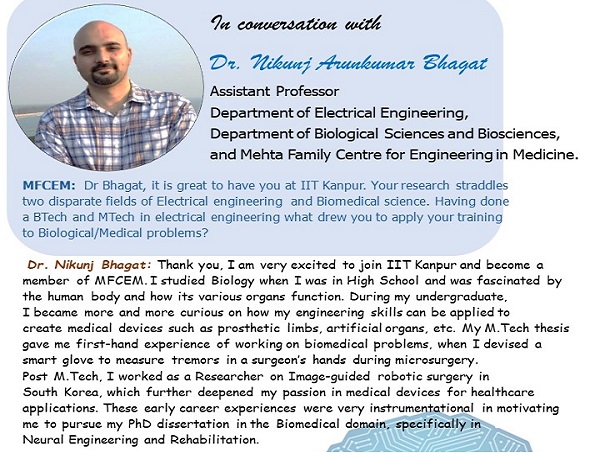
In conversation with
Dr. Nikunj Arunkumar Bhagat
Assistant Professor
Department of Electrical Engineering,
Department of Biological Sciences and Biosciences,
and Mehta Family Centre for Engineering in Medicine.
MFCEM: Dr Bhagat, it is great to have you at IIT Kanpur. Your research straddles two disparate fields of Electrical engineering and Biomedical science. Having done a BTech and MTech in electrical engineering what drew you to apply your training to Biological/Medical problems?
Conversation with Prof. R. Sankararamakrishnan
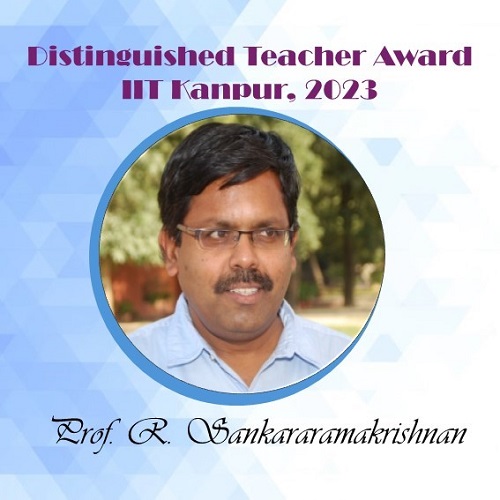
In conversation with....
Prof. R. Sankararamakrishnan
recipient of the “Distinguished Teacher Award”
IIT Kanpur, 2023
MFCEM: Congratulations Prof. Sankar for the “Distinguished Teacher Award”. What does this award mean to you?
R. Sankar: This is a huge honor and recognition for me. I thank IIT-Kanpur for this prestigious award which I will cherish throughout my life.
MFCEM: You are a structural biologist, what is your approach to teaching biology to students from such diverse disciplines of sciences and engineering at IIT-K? How do you make it relevant and engaging for the students?
R. Sankar: Biomolecular structures look complicated to begin with. However, I use visualization softwares and molecular models in the class to demonstrate the intricacies of protein and DNA structures. As the knowledge of structures helps us to understand the mechanism of the function of biomolecules, at the end of the course, the students appreciate the importance of knowing the three-dimensional structures of biomolecules. The students even after graduating from BSBE, personally contact me to convey how much they appreciate the Structural Biology knowledge gained through the course and how it helps them in their current job, be it industry or post-doc position. I have had students from engineering and experimental biology background. I really enjoyed teaching them. I start with the basics of biochemistry before getting into structural aspects of biology. I also personally talk to the students to make sure that they understand the basic concepts of structural biology. In fact after few classes, they start enjoying the structures and in many cases, they are intrigued by the beauty of nature’s work and will be curious to know why this beautiful structure is adopted and how it is important for the function of a specific biomolecule.
MFCEM: Christa McAuliffe a teacher and the first American civilian selected to go into space, famously said “I touch the future. I teach.” In today’s setting too, answers to many of the medical challenges facing our society today seem to lie at the intersection of Biology and Engineering. Having said so, how do you pique the interest of some of the brightest young minds that come to this institute, to even consider some of these challenges?
R. Sankar: Biology today is heavily interdisciplinary in nature. IIT-Kanpur is known for imparting finest training in engineering education. When BSBE Department was established, IIT-Kanpur’s vision is to utilize and exploit this ecosystem to establish frontier areas at the intersection of biology and engineering. In general, when students from engineering background want to work on biology-related problems, they generally show lot of interest in drug development, docking, bioinformatics, modeling, machine learning and simulations. My first UG student from Chemistry department worked on a structural bioinformatics project. My first M.Tech student came from Computer Science background and worked on predicting translation initiation sites using artificial neural network. I had Ph.D. students who joined in my lab with B.Tech in Chemical Engineering. My Ph.D. students from conventional biology background learned script languages like Perl and Python as part of their research projects. They have all done phenomenal work, published excellent papers and I am proud of each one of them. In all cases, when they want to do biology research, they lacked either basic biology knowledge or computational background. They are not initially confident whether they will be able to make significant contributions. However the environment in BSBE and IIT-Kanpur help them to learn the fundamentals quickly and with little encouragement, they are soon comfortable to pursue their projects. The interdisciplinary nature of biology in general and my research area in particular is a strong factor to attract the students from diverse background to take up these challenging projects.
MFCEM: Were there any teachers who left an indelible mark on you? Would you like to share some memories?
R. Sankar: I have a long list of teachers who inspired me and left an indelible mark on me and I thank everyone of them. My parents are my first teachers. My father was a middle school teacher and I attended his tuition when he taught one of my classmates. My mother made sure that we finished our homework in time and revised syllabus before the exams. I would like to express my gratitude to all my school teachers and especially to Mr. Sankaranarayanan Sir and Mr. Palanivelu Sir. I did my B.Sc. Mathematics and Chemistry under Double Majors system. Both the Chemistry and Maths Professors had great impact on me. I want to mention Prof. Rajaraman, Prof. Devarajan, Prof. Krishnamoorthy, Prof. Sitaraman and Prof. Venkatachari from Chemistry and Maths departments. During my Ph.D. course work, the course instructors were exceptional. Prof. C. Ramakrishnan, Prof. P. Balaram, Prof. M.R.N. Murthy and my thesis supervisor Prof. Saraswathi Vishveshwara made my transition to Biology easier. I particularly always wanted to emulate Prof. C. Ramakrishnan’s style of teaching in my class.
MFCEM: In premiere institutes of higher education such as the IITs, teaching goes together with carrying out cutting edge research and may prove a bit daunting to young faculty who join. Would you like to share some thoughts with your younger colleagues.
R. Sankar: It is an important point. While doing cutting-edge research is extremely important, teaching should not be viewed as a burden. In fact, teaching to bright minds in institutes like IITs will sharpen our knowledge and the basics will be stronger. I agree that for a new faculty, it may be bit difficult to balance both teaching and research in the beginning. With little bit of efforts, one should be able to excel in both domains over a period of time and we must keep in mind that these are not mutually exclusive. After attending your class, students may want to do some short-term projects in your lab. They may even join for the graduate program. Benefits of teaching while doing research in frontier areas outweigh any other disadvantages.
MFCEM: Thank you, Prof. Sankar, for sharing your thoughts and for your time. We appreciate it much.
Molecular Medicine all

In conversation with Dr. Debdeep Dutta Assistant Professor Department of Biological Sciences and Bioengineering and the Mehta Family Centre for Engineering in Medicine.
Read More

In conversation with Shantanu Sen PhD student of Prof. Sandeep Verma, on his recent study: “Synthesis of a highly thermostable insulin by phenylalanine conjugation at B29 Lysine”.
Read More

In conversation with Prof. R. Sankararamakrishnan recipient of the “Distinguished Teacher Award” IIT Kanpur, 2023
Read More
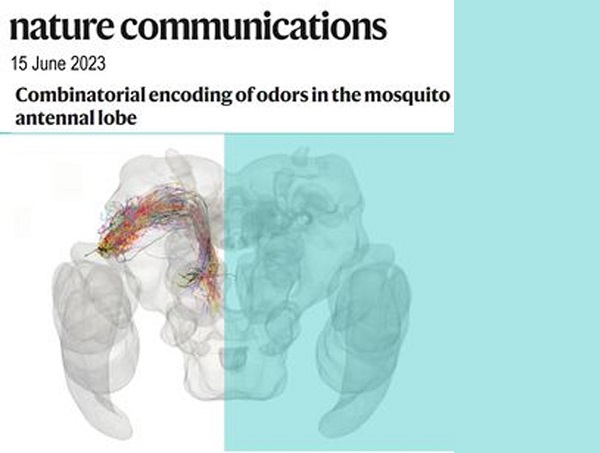
Prof. Nitin Gupta and team in a pioneering study display how individual chemical odorants are perceived and processed by the neuronal circuitries in the mosquito brain. Their results provides a unifying foundation to understand the neural basis of olfaction.
https://pubmed.ncbi.nlm.nih.gov/37322224/
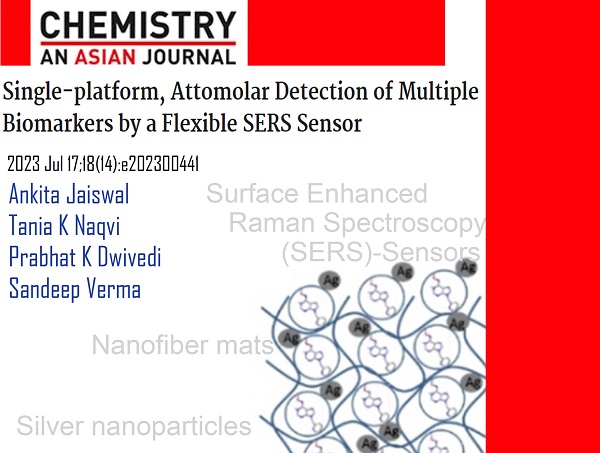
A study by Prof. Sandeep Verma and group demonstrating the fabrication and use of highly sensitive PAN nanofiber and Silver nanoparticle-based SERS sensor for detection of β-Amyloid Peptides for Alzheimer's disease. The study offers potential to develop breakthrough platforms for ultra sensitive and selective detection of multiple biomarkers.
https://pubmed.ncbi.nlm.nih.gov/37243517
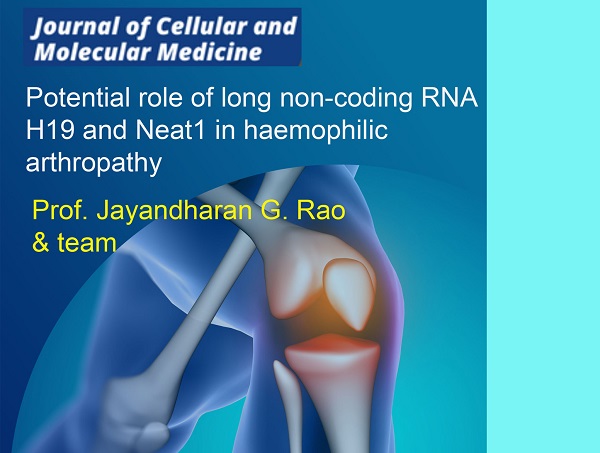
Recurrent joint bleeding in hemophilic patients can lead to a painful condition of hemophilic arthropathy. Prof. Jayandharan Rao & team have identified, using a hemophilia mice model, key molecules that could be responsible for rapid degeneration of joint cartilage. The study opens up possibilities of using these as potential therapeutic targets to check the disease progression.
https://pubmed.ncbi.nlm.nih.gov/37183540/
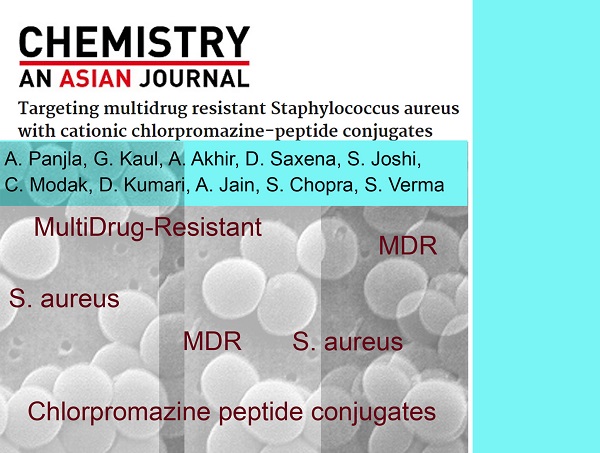
Multi-Drug-Resistance (MDR) poses a serious public health concern; Prof. Sandeep Verma and team in a collaborative effort have come up with a rationally designed cationic peptide conjugate that displays effective antibacterial activity against clinical MDR S. aureus. The study paves way to develop inhibitors for severe staphylococcal infections.
https://pubmed.ncbi.nlm.nih.gov/37071585/
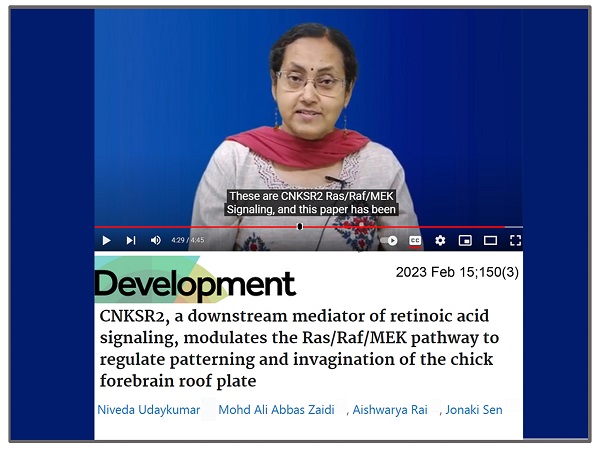
Prof Jonaki Sen talks about her recent study on forebrain development in chick embryo. Prof. Sen discusses how her team identified novel downstream mediator of retinoic acid signaling required for invagination of forebrain roof plate, and how this study could help better understand certain defects leading to cerebral malformation in humans.
https://www.youtube.com/channel/UCjmDrSkNVS_IIZ5k0j6oy-A
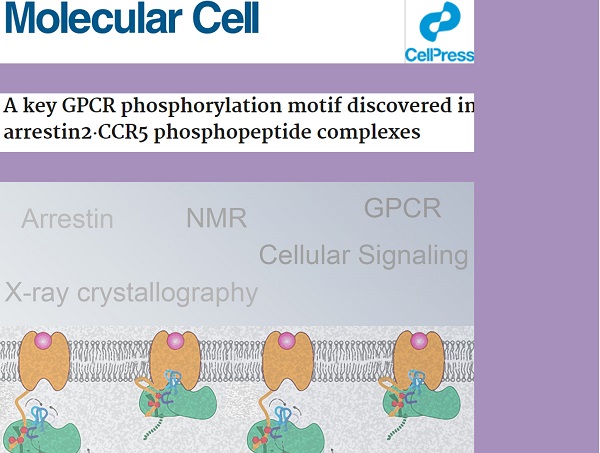
GPCRs represent one of the largest family of cell-surface receptors regulating a plethora of cellular events and biological processes. In a collaborative study, Prof. Arun Shukla & Prof. Stephan Grzesiek, their teams demonstrate how multi-site phosphorylation controls interaction of GPCR or Chemokine Receptor with Arrestin. The study paves for better understanding of the diversity of GPCR signaling and developing potential intervention strategies.
https://pubmed.ncbi.nlm.nih.gov/37244255/
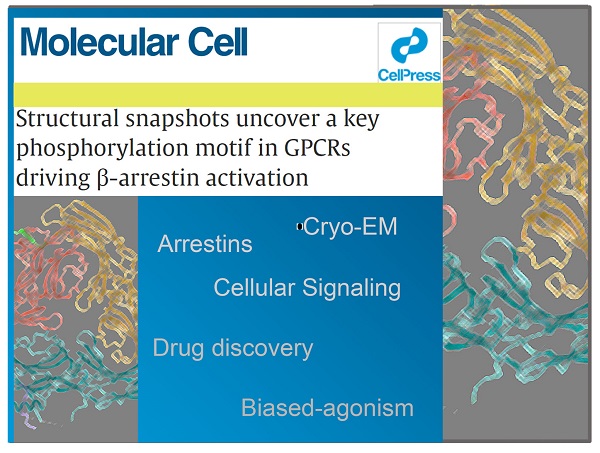
How diverse phosphorylation patterns in GPCRs influence recruitment, activation, & functional outcomes of its interacting partners is key to a comprehensive understanding of GPCR Biology. Prof. Arun Shukla & team, in a seminal study, using Cryo-EM have identified a novel motif in GPCRs that is critical for interaction and activation of its key molecular partner, the beta-Arrestins. The study paves way for design of novel intervention strategies targeting GPCR signalings.
https://pubmed.ncbi.nlm.nih.gov/37209686/
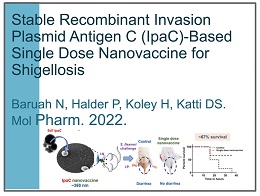
Stable Recombinant Invasion Plasmid Antigen C (IpaC)-Based Single Dose Nanovaccine for Shigellosis. Baruah N, Halder P, Koley H, Katti DS. Mol Pharm. 2022.
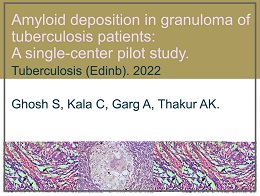
Amyloid deposition in granuloma of tuberculosis patients: A single-center pilot study. Ghosh S, Kala C, Garg A, Thakur AK. Tuberculosis (Edinb). 2022 Sep;136:102249.
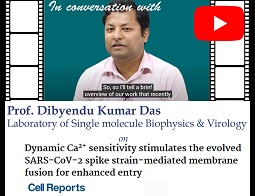
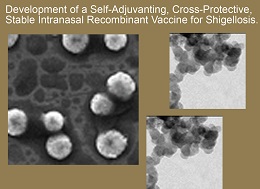
Development of a Self-Adjuvanting, Cross-Protective, Stable Intranasal Recombinant Vaccine for Shigellosis.
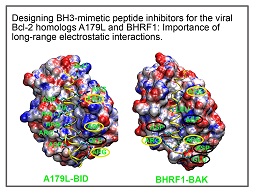
Designing BH3-mimetic peptide inhibitors for the viral Bcl-2 homologs A179L and BHRF1: Importance of long-range electrostatic interactions.
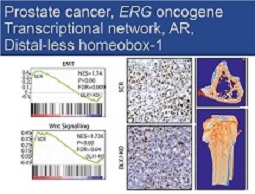
Transcriptional network involving ERG and AR orchestrates Distal-less homeobox-1 mediated prostate cancer progression.
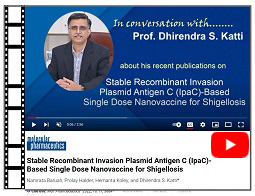
Stable Recombinant Invasion Plasmid ANtigen C (IpaC)-Based Single Dose Nanovaccine for Shigellosis
https://www.youtube.com/watch?v=aQfEsvp2ufE
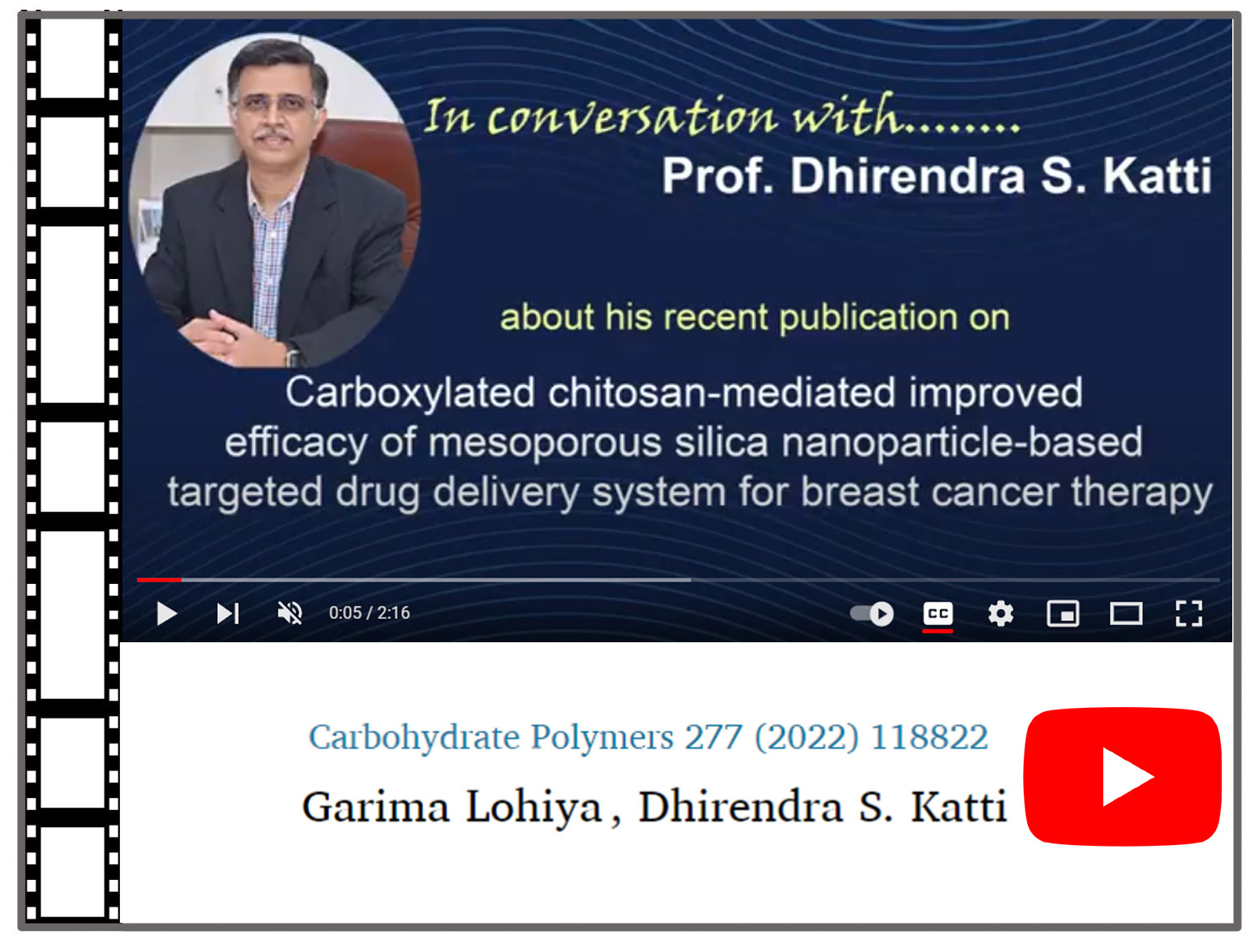
Carboxylated chitosan-mediated improved efficacy of mesoporous silica nanoparticle-based targeted...
https://www.youtube.com/watch?v=BxcsTRP-SX0
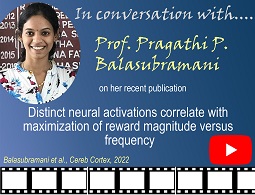
Distinct neural activations correlate with maximization of reward magnitude versus frequency
https://www.youtube.com/watch?v=f4WrW_xQX90

The Bhupat & Jyoti Mehta Family Foundation
MFCEM at the Indian Institute of Technology Kanpur is generously supported by the Mehta Family Foundation.











